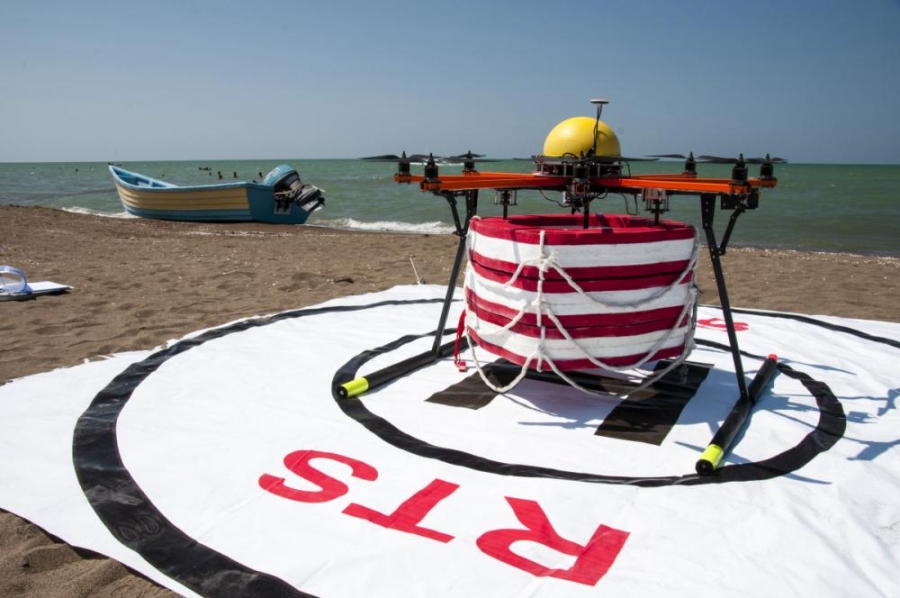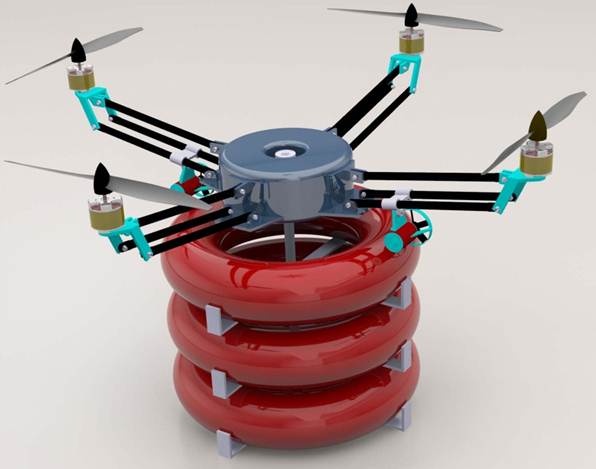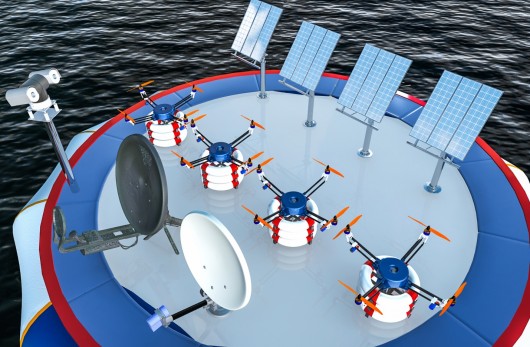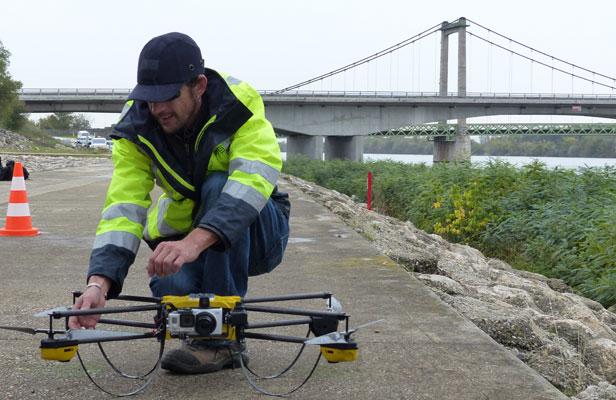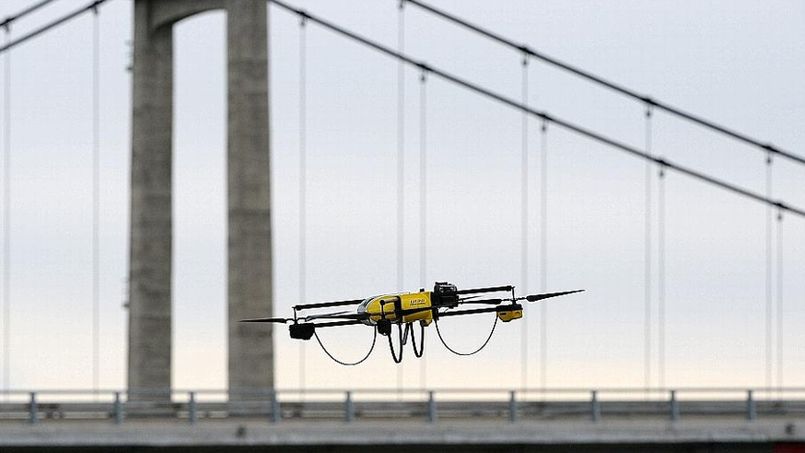We have recently discussed the importance of security in the world of quadcopters and multirotors and indeed security is at the heart of the ongoing debate on FAA regulations of the US airspace in relation to RC models, that of course include our beloved multirotors.
In our previous article we had noted how, in a presentation of Prof. Raffaello D’Andrea from the ETH Zurich, there is a bit of extreme interest for the security of quadcopter flights: Prof. D’Andrea showed that on cutting out two propellers from a quadcopter, the machine can still fly by adopting a different flight pattern, in which the quad continuously rotates on itself (yaws). Not very practical for shooting some stable video, but possibly great to avoid a crash.
And indeed the team of Prof. D’andrea now expanded on this part of the research and presented a video in which the same mechanism, a failsafe algorithm, is activated automatically during flight on a propeller failure.
Hopefuly we might see this as a selectable option on the next generation of flight controllers. DJI, what about implementing this on the next NAZA update? We might read some less news on quadcopters falling from the sky of Manhattan maybe and flying a quadcopter near people could become slightly less of a concern.
Next we’d like to see some efficient automatic avoidance mechanism. This would be another piece of the puzzle that needs to be completed to make multirotors really secure in a near future.

